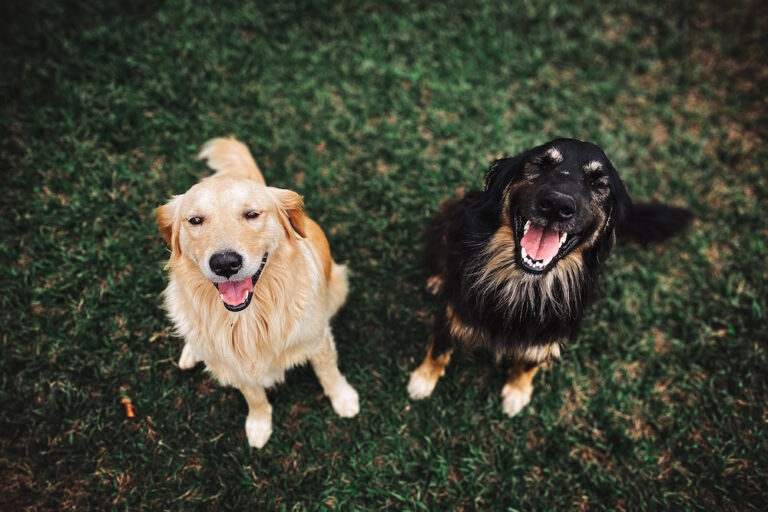Important Tips For First Time Dog Owners
Dogs are perhaps one of the most popular pets in the world. People love dogs for their companionship, adorable faces, and wagging tails. Owning a dog can be a wonderful experience, but it’s important to remember that owning a dog is a responsibility and a privilege. Before you bring your new furry friend home, there are some things you need to know to make sure your dog has a happy and healthy life. Here are seven tips for first-time dog owners:
1) Provide Proper Identification for Your Dog
Whether your dog is an indoor or outdoor pet, it’s crucial to provide proper identification in case they ever escape or get lost. This can include colorful or flower collars for dogs with a tag that has their name and your contact information and microchipping them for even more protection. Get your dog the new Halo 2+ collar that allows you to see where your pet is, track their activity, monitor health and behavior, and even talk to them. With proper identification, you can rest easy knowing your furry friend will always be able to find their way back home.
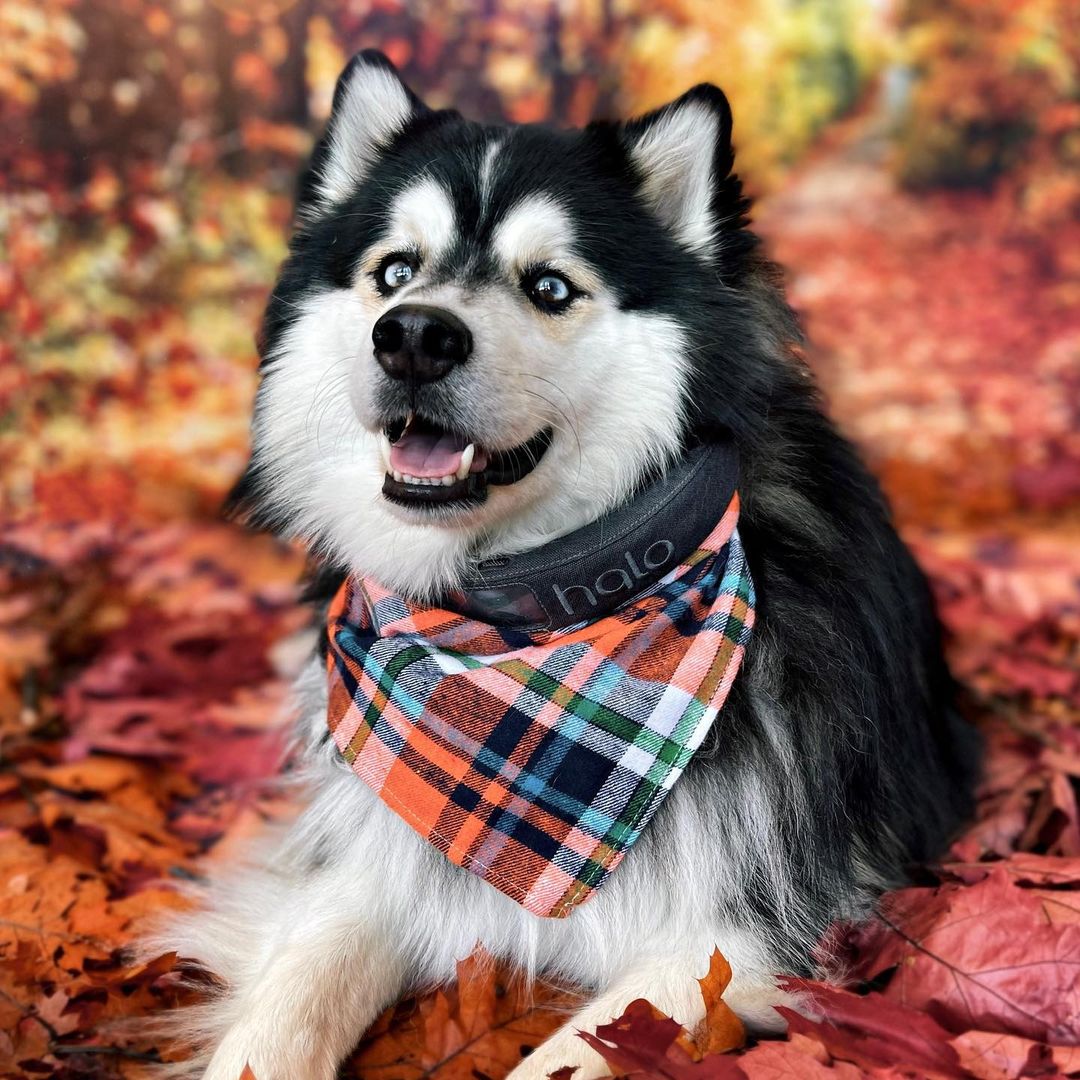
In addition to identification, it’s vital to ensure your dog is licensed with your local government and that the license is kept up-to-date. This not only helps in the event of them getting lost, but it’s also a requirement in many areas, and failing to have a current license could result in fines or penalties.
2) Get Your Dog Spayed or Neutered
Spaying and neutering are surgical procedures that sterilize a dog permanently. During spay surgery, the female reproductive organs are removed, while the male reproductive organs are removed during neuter surgery. Both surgeries are safe and relatively easy to perform, and they come with several benefits for both dogs and owners.
Some of the benefits of spaying/neutering include the following:
- Reduced risk of cancer (especially breast cancer) in females
- Reduced risk of prostate cancer in males
- Prevention of pyometra (a potentially life-threatening infection of the uterus) in females
- Prevention of testicular cancer in males
- Reduction in roaming behavior and aggression
- Prevention of unwanted pregnancies
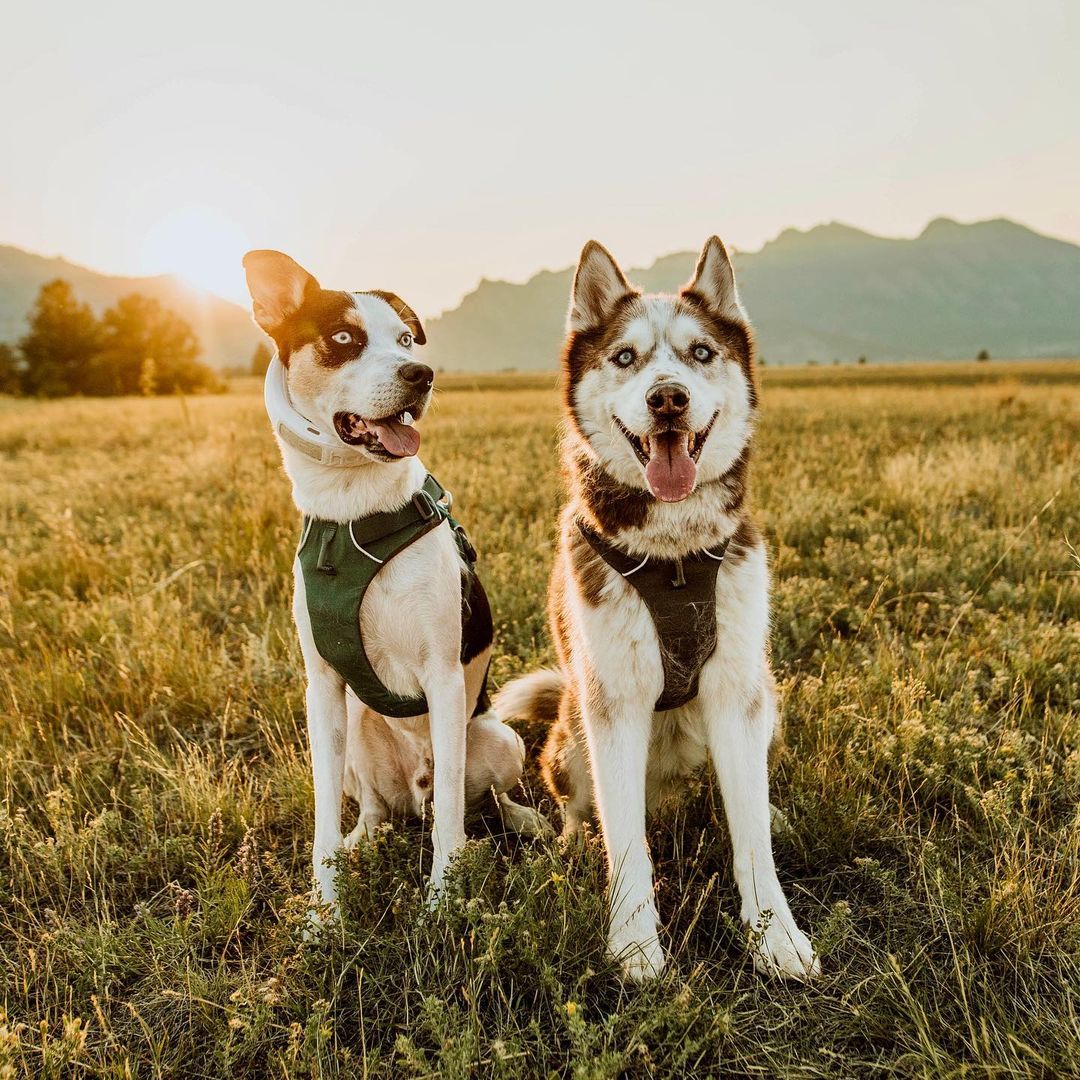
3) Train Your Dog Properly
Proper training is essential for a happy, well-behaved dog. Dogs are intelligent animals who need stimulation and guidance to learn how to behave properly. Even if your dog seems naturally well-behaved, it must receive training to understand what is expected of them. This will also help strengthen the bond between you and your dog.
There are various ways to train your dog, including obedience classes, private lessons, or even doing it yourself at home with the help of books or online resources. Whichever method you choose, make sure to use positive reinforcement and patience in your training. Punishment or physical force can damage the trust between you and your dog and lead to behavior problems.
4) Exercise Your Dog Regularly
Dogs need exercise just like humans do. Dogs need even more exercise than humans because they are constantly burning calories. A lack of exercise can lead to several health problems in dogs, including obesity, joint problems, and heart disease.
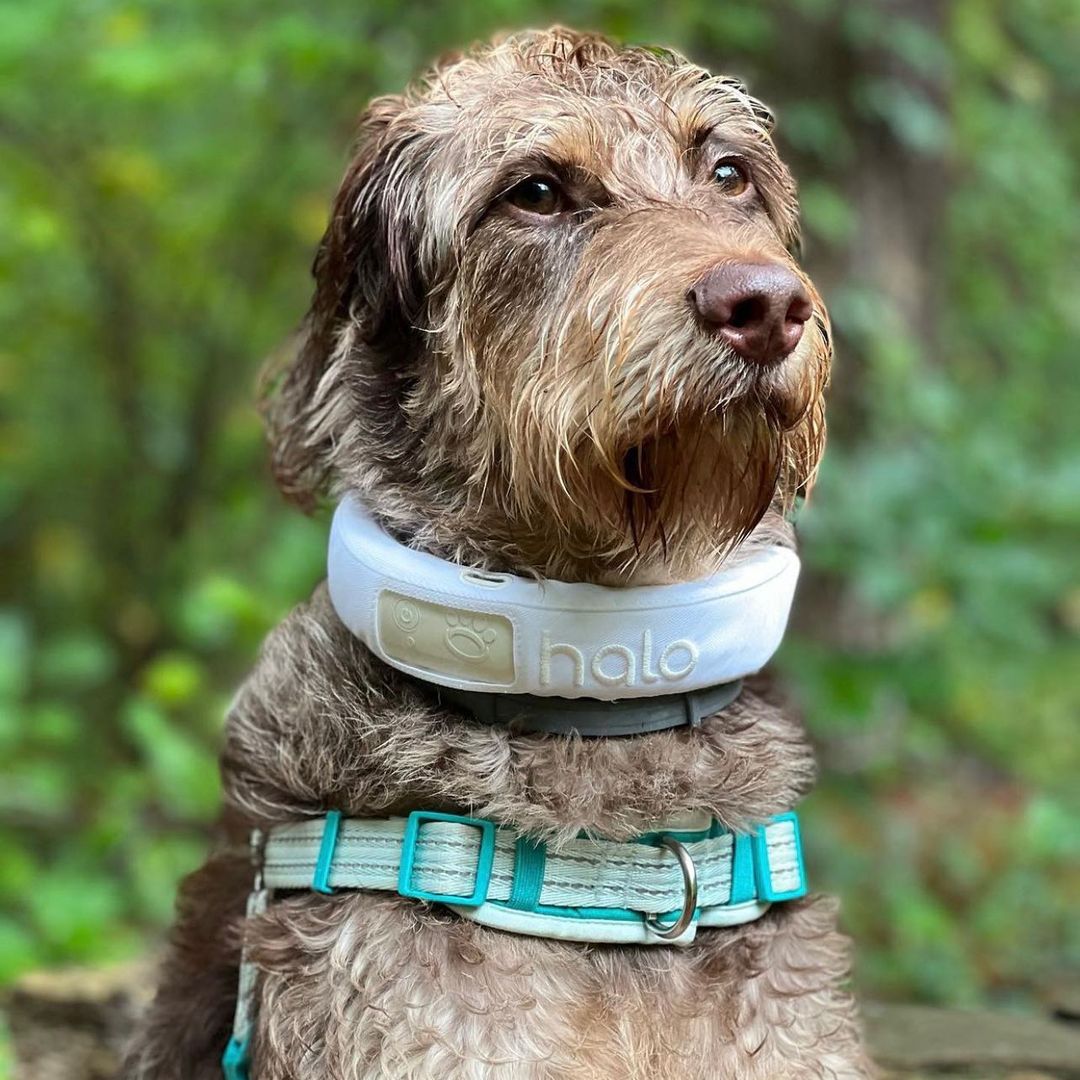
That’s why ensuring your dog gets plenty of exercises daily is essential. Exercise can come in many forms – playing fetch in the park, going for a long walk, or swimming in the pool. Whatever you do, ensure your dog is getting at least 30 minutes of vigorous exercise daily. This will help keep them healthy and happy.
5) Keep Your Dog Properly Groomed
Proper grooming isn’t just about keeping your dog looking nice – it also helps keep their skin and coat healthy, reduces the likelihood of mats and tangles, and can even prevent health issues like ear infections. Depending on the breed, your dog may need regular brushing, trimming or shaving, baths, nail trims, and ear cleaning. It’s important to start grooming your dog young so they get used to the process and it becomes a pleasant experience for you and them.
You can use several different tools and products for grooming your dog, including a brush, comb, scissors, clippers, toothbrush, and toothpaste. The type of tool you use will depend on the type of coat your dog has. Dogs with short hair can usually be brushed and combed once a week, while dogs with long hair may need to be brushed daily.
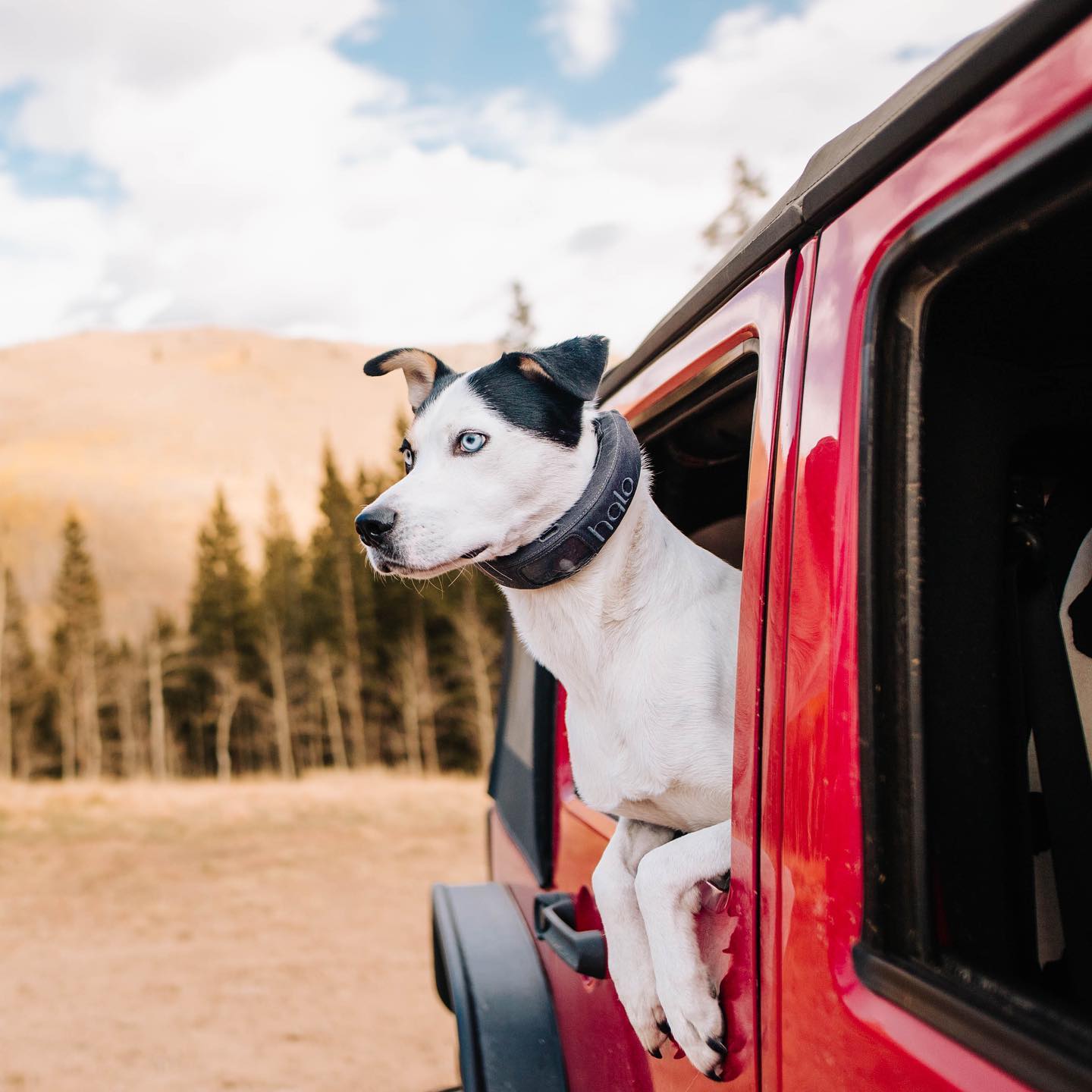
6) Keep Your Dog’s Vaccinations Up-to-Date
Vaccinations are essential for protecting your dog from severe and potentially deadly diseases. Most puppies will receive their initial vaccinations at their veterinarian’s recommendation, but it’s critical to keep them up-to-date as they age. Your veterinarian can provide a schedule for your dog to receive booster shots and other necessary vaccinations.
Keeping your dog’s vaccinations up-to-date helps protect them against illnesses. It also helps protect other dogs and animals in the community by preventing the spread of disease. So, talk to your vet about your dog’s vaccination needs and stay on top of their booster shots.
7) Provide Your Dog with a Nutritious Diet
Dogs need a balanced diet just like humans do to stay healthy. A lack of proper nutrients can lead to several health problems, including obesity, joint problems, and heart disease. That’s why it’s essential to ensure your dog is getting the right balance of protein, carbohydrates, fat, vitamins, and minerals in its diet.
You can provide your dog with a nutritious diet in several different ways. You can buy commercial dog food from the store or make your homemade dog food. If you choose to make your food, there are several recipes online that you can use as a guide. Just be sure to consult with your veterinarian before making any changes to your dog’s diet so they can recommend the best foods for your particular pet.
Regardless of your route, it’s essential to keep track of how much your dog is eating and ensure they are getting enough exercise. Dogs who are overweight or obese should eat fewer calories than dogs who are at a healthy weight – ask your vet for advice on how many calories your specific dog should be eating each day. And remember – treats should only make up 10% or less of your dog’s daily caloric intake.
Following these tips and always being prepared can help ensure the safety and well-being of your furry friend. And remember – while owning a dog is a lot of work, it can also bring a lot of joy to your life. So take good care of your dog, and they’ll be sure to return the love tenfold.



